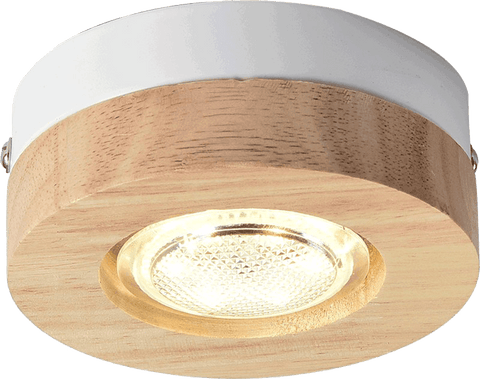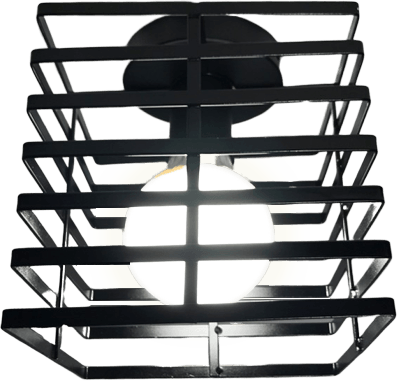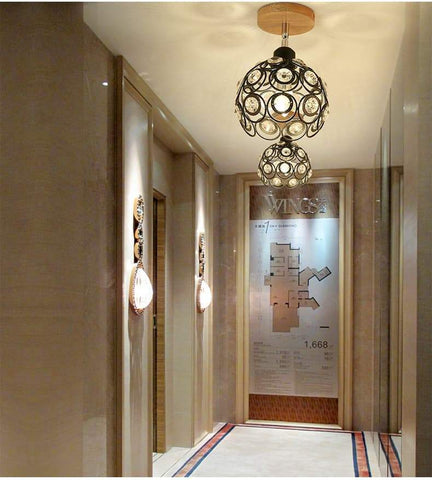
Common lighting mistakes In Your Home For 21/22
of reading - words
Common lighting mistakes In Your Home For 21/22
Lighting can really make or break a room. Often, people think just because they've installed lights, their room has better lighting than it did originally. However, I've seen rooms where there was no difference between before and after the lights were installed (check our home wall lighting fixtures).
When most people think about lighting, their main goal is to have enough light in order to see. While this is true, much of the time people don’t understand that not all light fixtures are created equal. Even when we do know about lighting differences, it’s difficult to choose one when you haven’t seen them side-by-side.
Here are some lighting mistakes you can avoid when having a 'full house' renovation done.
#1 Not planning a lighting scheme
Lighting is easy to ignore when you're focused on other things, especially if you haven't considered the effect of the lighting as a whole. But if your home doesn't have planned lighting this can affect your enjoyment of your home. Not planning lighting can also result in creating confusion and unwanted shadows (you will love the the best flush lights for your home).
#2 Not placing the correct light sources in the right locations
The most common lighting mistakes people make in their homes are not placing the correct light sources in the right home locations. A good place to start is by analyzing your current lighting. Take note of which rooms are the darkest, and why they require more light. Are you trying to illuminate an entire living area, or a section of it? How much light are you looking to add?
#3 Not switching on enough light in the appropriate areas
Common lighting errors include failing to switch on enough light in the appropriate areas in the home. This lighting preference is likely due to over-focusing on optimization of natural day-lights to create a cozy environment for every room while overlooking the importance of interior decorative (or task) lighting.
#4 Too much or too little light in the wrong places
Whether it's a light switch that flips up to turn on the bedroom light and down to turn off—or one that rotates like a dimmer—it's just one of those things we've lived with since Thomas Edison sold his first electric lamp. But the reason there are so many different kinds of light switches is that, by design, they're actually supposed to do two things: activate a light source and provide information about what state it's in. Some recent research suggests that all this switching around may be causing problems in the home.
#5 Not switching off lights when you leave a room/ at night/ before you go to sleep
Did you know that leaving a single 60 watt light bulb on for 24 hours uses 18kWh of electricity? Not switching off lights when you leave a room, at night or before you go to sleep can therefore use up to 73% of your average household electricity bill. There are lots of simple ways to cut down on energy usage around your home – our 9 top tips will help you to save money and become more environmentally friendly!
Many people don't realize that leaving a room with the lights on when you're not actually in the room is wasting energy and money. Not to mention it's bad for the environment! You're seeing a lot of these Energy Star labels on your light bulbs these days, and it's not just because they're prettier. It's because they save you money on your electricity bills, while emitting no harmful UV or infrared radiation, which can potentially shorten the life span of your TV screen. CFLs use about 80% less energy than incandescent bulbs to produce the same amount of light, and last up
#6 The furniture is in direct line of sight of the window
When shoppers enter a room, they naturally look at the lights first. Placing lamps near a window will draw attention to both. Use lamps up to 3 feet away from the window, but if you are using pendants or other light fixtures (check out our yellow color light fixtures) that reach past 3 feet, place them in front of a mirror so they appear closer to the walls.
It is a common mistake to place the furniture in direct line of sight of the window. This is because from inside, all you can see is the reflection off the glass and not the actual view on the other side. Rather than placing furniture in direct line of sight of a north-facing window, consider using it as a feature by placing it perpendicular to the window. The contrast between dark and light will create interest and enhance the view beyond.
Lighting is the finishing touch to the overall look for your home and with the right combination it can also help reduce energy use. Lighting should complement furniture, art and other decorative items in a room. It should enhance those elements and not overpower them.
#7 The wrong type of lampshade illuminated by a lamp for your needs e.g. low energy saver versus high wattage incandescent bulb versus LED
The lampshade is one of the most important parts of a lamp. It both conceals and reflects light that reveals or pools in -shadowed spaces. A wrong type of shade on a lamp results in less than ideal lighting and contributes to eye strain.
Final Thoughts
Lighting is used every day of the week in commercial spaces and in private homes. The truth is that the lighting you choose isn't just for visibility and to avoid accidents — it also creates a mood. The way you set the lighting on a sunny, warm spring day can be very different from the lighting you might use on a gloomy winter evening. There are a few things to remember when setting up lighting for your home or business, including ensuring your lighting will complement their environment as much as possible, while making it the most efficient it can be for both your safety and comfort.
Make sure to check out the dining room chandilier ideas!
 Light Fixture On Wall & Furnishings Items Shop
Light Fixture On Wall & Furnishings Items Shop



